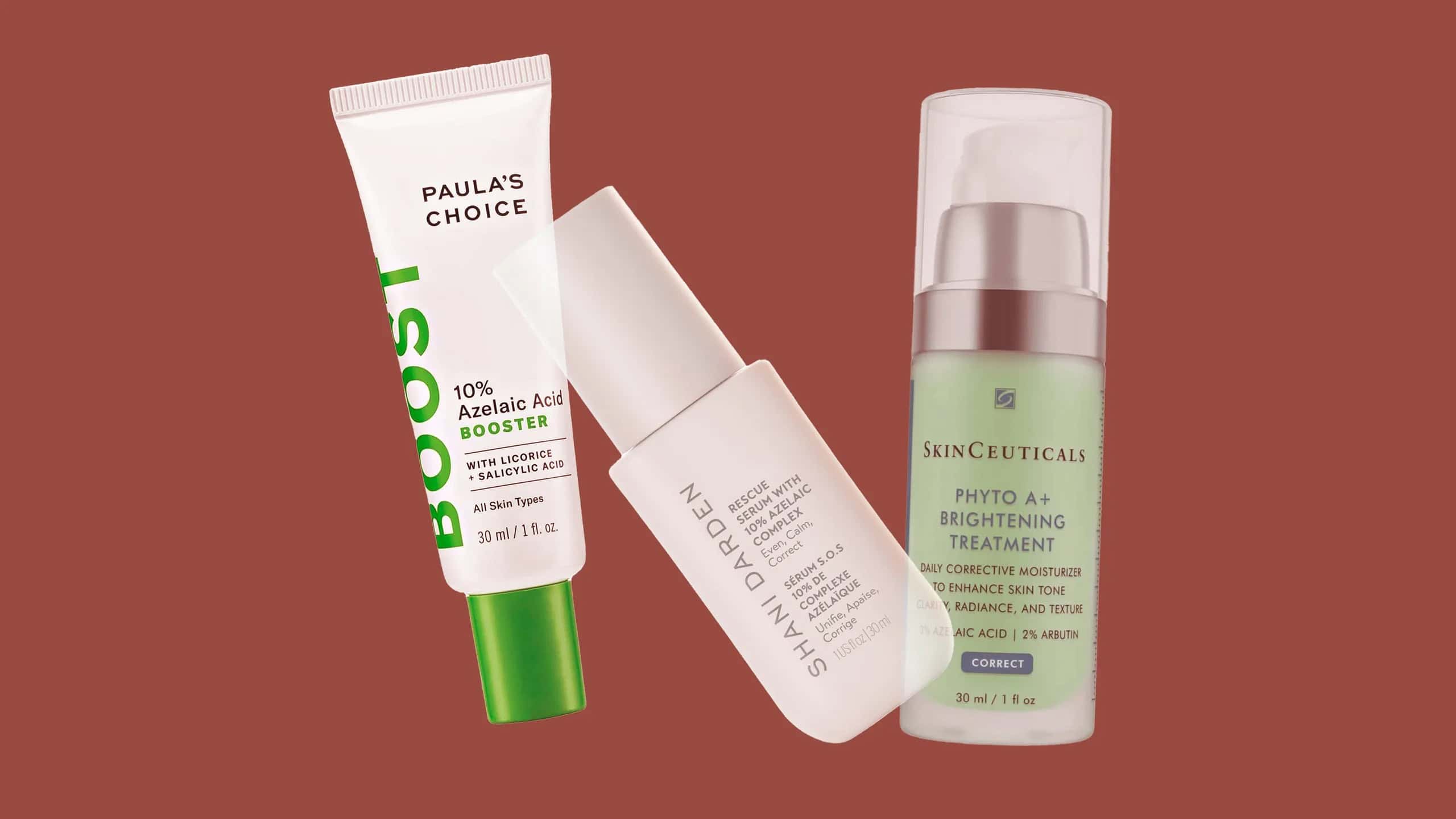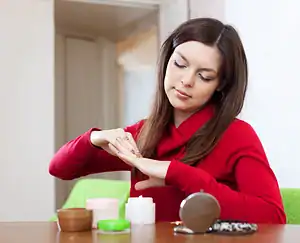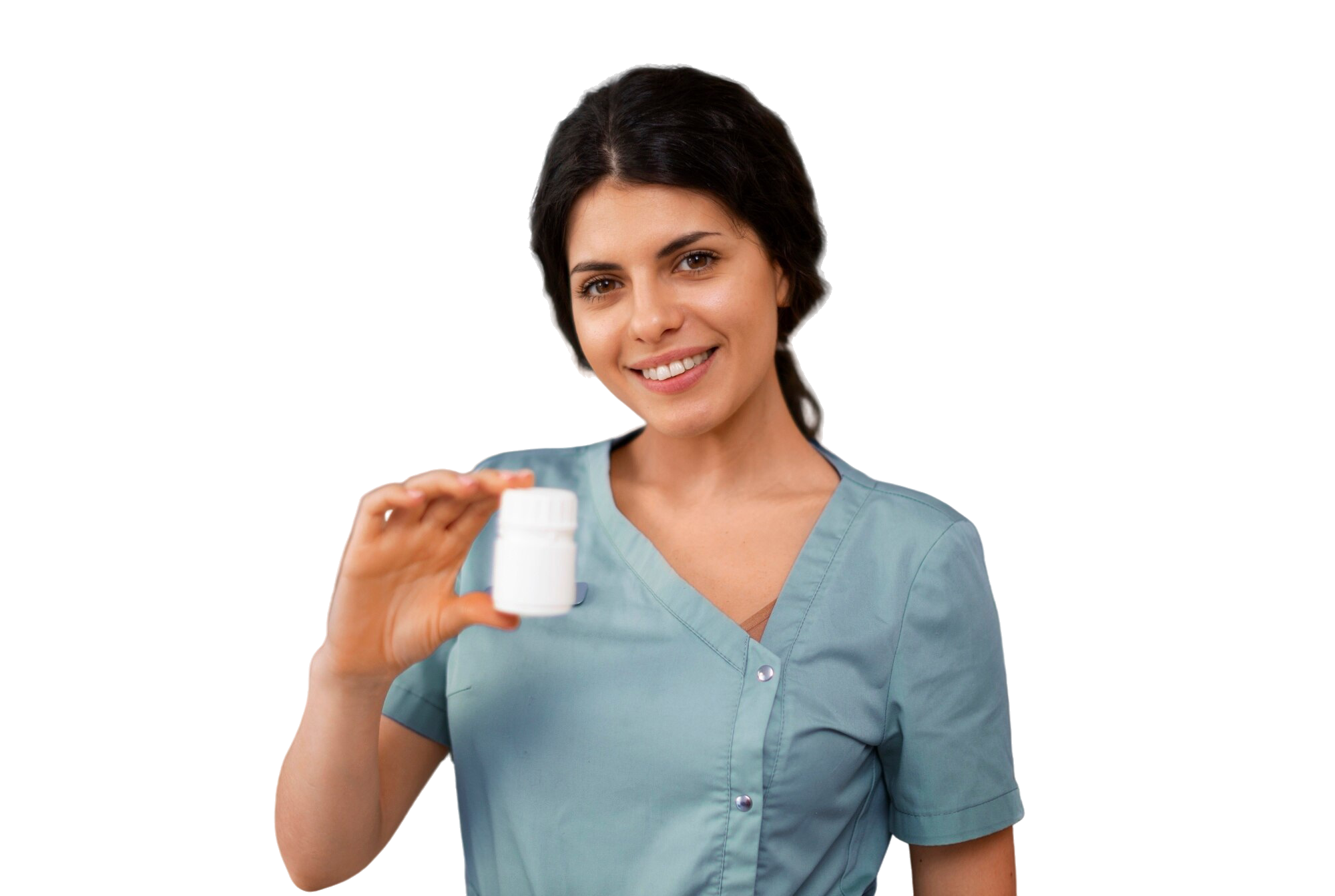Hyperhidrosis, a condition characterized by excessive sweating, can be both physically uncomfortable and socially challenging. Many people turn to Drysol, a popular antiperspirant, to manage their symptoms. However, the cost of Drysol can be a barrier for some. In this article, we will explore affordable alternatives to Drysol, helping you find effective solutions without breaking the bank.
Before diving into alternatives, it’s essential to understand the current pricing of Drysol. The cost of Drysol can vary depending on whether you have insurance, where you purchase it, and the concentration of the solution.
For those with insurance, Drysol’s price can be significantly lower. However, not all insurance plans cover Drysol, and even when they do, copays can still add up over time. It’s important to check with your insurance provider to understand your coverage.
Moreover, insurance coverage for Drysol may come with restrictions or specific conditions under which it is approved. Some plans might require a prior authorization, meaning your healthcare provider must justify the medical need for Drysol before coverage is granted. This can add an extra layer of complexity when trying to manage your hyperhidrosis cost-effectively.
Additionally, insurance plans differ widely in terms of copay amounts. While one plan might cover the majority of the cost, leaving you with a minimal copay, another might have higher out-of-pocket costs. This variability underscores the importance of reviewing your specific policy details and perhaps consulting with a benefits coordinator to fully understand your coverage options.
The cost of Drysol without insurance can be quite high, often ranging between $20 to $30 for a small bottle. This cost can be prohibitive for those needing long-term treatment.
For individuals purchasing Drysol out-of-pocket, the frequency of use can quickly escalate the overall expenditure. Considering that many users need to apply Drysol multiple times a week, the monthly cost can add up, making it a significant financial burden for some.
Furthermore, different concentrations of Drysol might have varying prices. Higher concentrations are often more expensive but may be necessary for those with severe symptoms, further compounding the financial challenge. It’s crucial to weigh the necessity of higher concentrations against potential cost savings from using lower concentrations or alternative products.
Pharmacies and online retailers may offer varying prices for Drysol. It’s worth checking multiple sources to find the best deal. Keep an eye out for discounts or coupons that may be available.
Price fluctuations can also occur due to geographic location, with urban areas sometimes offering higher prices compared to rural settings. This variance can be attributed to differences in demand, shipping costs, and local economic conditions.
Online platforms often provide competitive prices and may offer the convenience of auto-ship discounts or bulk purchasing options, which can further reduce the cost. However, it’s essential to compare the total cost, including shipping fees, to ensure you’re getting the best deal.
While Drysol is effective, its cost and potential side effects lead many to seek alternatives. Some people experience skin irritation or find that Drysol is not as effective as they hoped. Exploring other options can provide relief at a lower cost and with fewer side effects.
One of the primary reasons people look for alternatives is the potential for side effects. Common side effects include skin irritation, itching, and a burning sensation at the site of application. These adverse effects can make regular use uncomfortable and may prompt individuals to seek gentler options.
Moreover, some users report that Drysol can cause staining on clothing or a sticky residue, which can be inconvenient and undesirable. This inconvenience can be particularly troublesome for those who need to apply the product before dressing for work or social events.
While Drysol works for many, there are cases where individuals find it less effective over time. This can be due to the body’s adaptation to the active ingredient or variations in individual skin chemistry, leading to a diminished response.
In some cases, users may find that Drysol does not provide complete relief for their level of sweating, prompting them to explore stronger or alternative solutions. This search for a more effective product is a common reason for considering other options.
Apart from the physical and efficacy concerns, the financial burden of long-term Drysol use cannot be overlooked. For those without insurance or with limited coverage, the ongoing expense is a significant factor in seeking more affordable options.
Budget constraints often drive individuals to explore cost-effective solutions that can deliver similar results without the high price tag. This economic consideration is a crucial motivation for many to look beyond Drysol.
There are several affordable alternatives to Drysol that can help manage hyperhidrosis effectively. Here, we explore a mix of over-the-counter options, home remedies, and lifestyle changes that could work for you.
Certain Dri is a widely available over-the-counter antiperspirant that is often recommended for people with excessive sweating. It contains aluminum chloride, the same active ingredient in Drysol, but is often available at a lower cost.
This product is available in various formulations, including roll-ons, wipes, and creams, allowing users to select the most convenient application method for their lifestyle. The flexibility in application can also make it easier to target specific areas prone to excessive sweating.
Moreover, Certain Dri is designed for nighttime use, which can enhance its efficacy. Applying the product at night allows the active ingredient to work while sweat glands are less active, providing more control over sweating the following day.
SweatBlock is another over-the-counter solution. It comes in a wipe form, making it easy to apply. Users generally find it effective and appreciate its convenience.
The wipe form is particularly appealing for those who travel frequently or prefer a mess-free application. Each wipe is pre-measured, ensuring consistent application and reducing the risk of overuse, which can lead to irritation.
Additionally, SweatBlock offers a satisfaction guarantee, which provides peace of mind for first-time users trying the product. This guarantee reflects the brand’s confidence in its efficacy and can encourage hesitant individuals to give it a try.
ZeroSweat is a strong antiperspirant that can provide up to seven days of protection per application. It’s marketed as a cost-effective option for those looking to reduce excessive sweating.
The extended protection offered by ZeroSweat means fewer applications, which can lead to cost savings over time. This long-lasting effect is particularly beneficial for those with hectic schedules who may not remember or have time for frequent applications.
Furthermore, ZeroSweat’s formula is designed to be safe for sensitive skin, offering an alternative for those who have experienced irritation with other products. This sensitivity consideration makes it a viable option for a broader range of users.
If you prefer a more natural approach, several remedies and lifestyle adjustments can help manage sweating.
A mixture of baking soda and cornstarch can act as a natural antiperspirant. Baking soda neutralizes odor, while cornstarch absorbs moisture. Apply it to dry skin for best results.
This homemade remedy is not only cost-effective but also free from artificial fragrances and chemicals, appealing to those seeking a natural solution. The ingredients are commonly found in most kitchens, making it an accessible option for many.
Additionally, baking soda’s odor-neutralizing properties can provide an added benefit, helping to manage any unwanted smells associated with sweating. Regular application can improve comfort and confidence in social situations.
Certain foods and beverages can trigger sweating. Reducing your intake of caffeine, spicy foods, and alcohol might help decrease sweating.
Incorporating a diet rich in magnesium and vitamin B can also support the nervous system and potentially reduce sweating. Foods such as leafy greens, nuts, and whole grains are beneficial in this regard.
Hydration plays a crucial role as well. Drinking adequate water helps regulate body temperature, potentially reducing the body’s need to sweat excessively to cool down.
Stress and anxiety can increase sweating. Techniques like yoga, meditation, or deep-breathing exercises can help manage stress levels.
Regular physical activity, aside from helping to manage stress, can also improve overall health and reduce hyperhidrosis symptoms. Exercise releases endorphins, which can naturally reduce stress and improve mood.
Incorporating mindfulness practices into your daily routine can create a calmer state of mind, potentially reducing stress-induced sweating. Consistency in these practices is key to seeing a noticeable difference.
If over-the-counter products and natural remedies don’t provide relief, consider speaking to a healthcare provider about prescription options.
Glycopyrrolate is an oral medication that can help reduce sweating. It’s generally well-tolerated and can be an effective option for those with severe hyperhidrosis.
This medication works by blocking the chemical signals that trigger sweat glands, providing relief for those who have not found success with topical treatments. However, like all medications, it can have side effects, so discussing these with a healthcare provider is crucial.
In some cases, glycopyrrolate may be used in combination with other treatments for a more comprehensive approach to managing hyperhidrosis. This combination therapy can enhance overall efficacy and provide greater symptom control.
This treatment involves using a device that passes a mild electrical current through water and into the skin’s surface. It’s often used for palms and soles and can be quite effective.
Iontophoresis is typically performed in a clinical setting, but home devices are also available for convenience. The treatment schedule usually involves several sessions per week, with maintenance sessions required thereafter.
For individuals who find topical solutions insufficient, iontophoresis offers a non-invasive alternative that can significantly reduce sweating in targeted areas. This method is particularly useful for those who experience excessive sweating in the hands and feet.
When comparing costs, it’s essential to consider not only the price per unit but also the frequency of use. Some alternatives may cost more upfront but require less frequent application, making them more economical in the long run.
- Certain Dri: Typically costs around $7 to $10 and lasts for several weeks. Its nighttime application schedule can extend product life and maximize cost-effectiveness.
- SweatBlock: Priced at approximately $20 for a pack of eight wipes, often lasting two months. The convenience of single-use wipes can justify the cost for many users.
- ZeroSweat: Although it may have a higher initial cost, the extended duration of effectiveness can make it more economical over time.
Natural remedies often involve minimal costs, primarily using household ingredients. The affordability and accessibility of these solutions make them attractive options for many, though they may require more frequent application for optimal results.
Prescription options vary widely in cost based on insurance coverage and specific prescriptions. While initial costs may appear high, insurance coverage can significantly reduce out-of-pocket expenses, making these options accessible for those with coverage.
Managing hyperhidrosis doesn’t have to be expensive. While Drysol is a well-known option, many affordable alternatives exist that can effectively control excessive sweating. From over-the-counter antiperspirants to natural remedies and prescription options, there’s a solution for everyone.
When considering alternatives, it’s important to weigh the costs, effectiveness, and potential side effects. Always consult a healthcare professional before starting any new treatment to ensure it’s appropriate for your specific situation.
By exploring these options, you can find a cost-effective solution that works for you, helping you manage hyperhidrosis and improve your quality of life. The journey to finding the right treatment may take some time, but with persistence and the right guidance, you can achieve better control over your symptoms and enhance your daily comfort and confidence.



